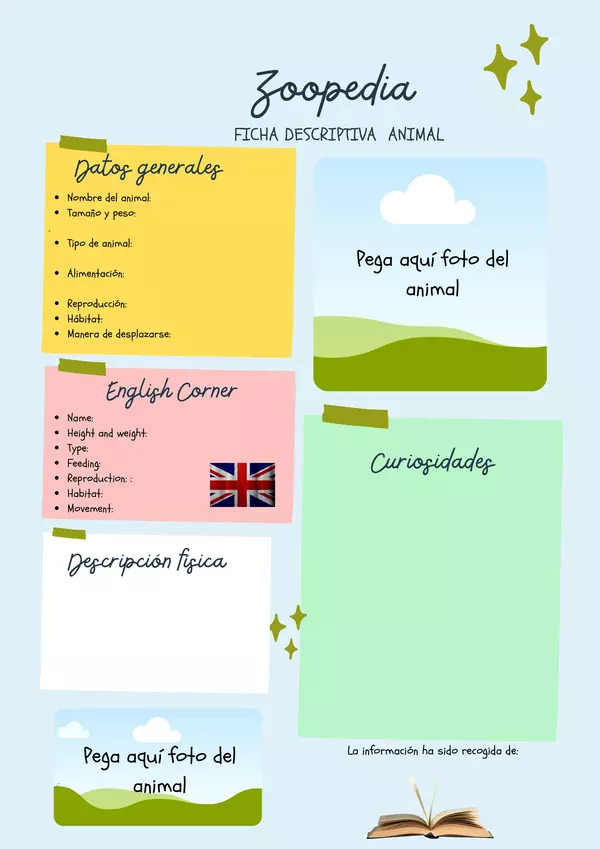
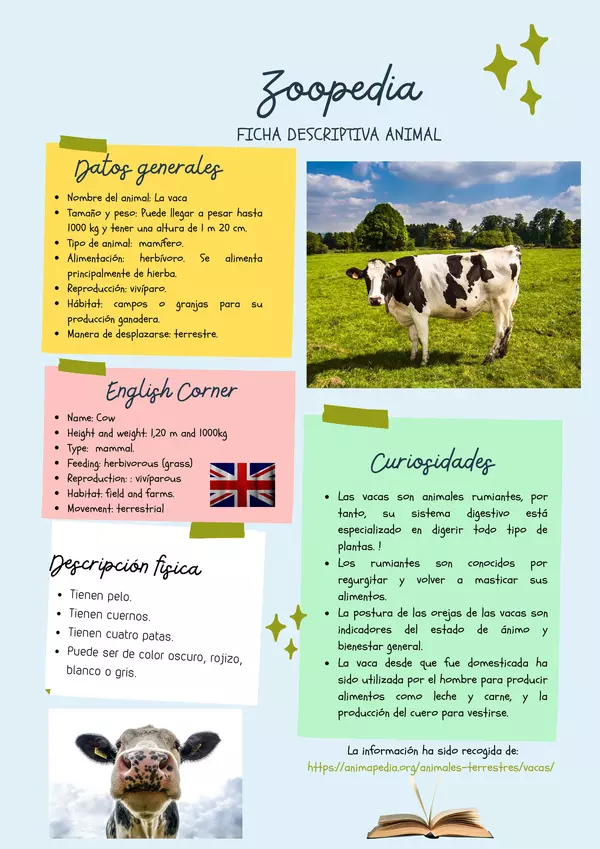
| Downloads count | 85 |
| Resource type | Activity |
| Recommended age | 5 - 16 years |
| File information | pdf, 3 pages, 3.03 MB |
| Comments count | 3 |
A la vuelta de Navidad voy a trabajar con mi alumnado un nuevo proyecto de Natural Science relacionado con animales. Vamos a elaborar una enciclopedia animal (Zoopedia) a partir de una ficha técnica descriptiva unificada.
El material se forma de:
- Ficha modelo descriptiva en formato .pdf a color con datos generales, características, curiosidades y "English corner".
- Ficha modelo descriptiva en formato .pdf en blanco y negro con datos generales, características, curiosidades y "English corner".
- Ficha modelo ejemplo visual para orientar al alumnado en su trabajo.
Cuando tenga el resultado con mis alumnos lo publicaré en el tablón. Si os gusta espero vuestros dedos arriba en los comentarios.
¡Felices fiestas!
Si te ha gustado este material puedes visitar otros en mi perfil:
https://profe.social/users/profe.angel
Retos matemáticos: https://profe.social/posts/26482-retos-logico-matematicos-interactivo
Pokémon & Matemáticas: https://profe.social/posts/26054-pokemath-recursos-gamificado-para-trabajar-las-matematicas
Concurso de aviones: https://profe.social/posts/26490-concurso-de-aviones-de-papel-cartel-plantilla-de-actividad
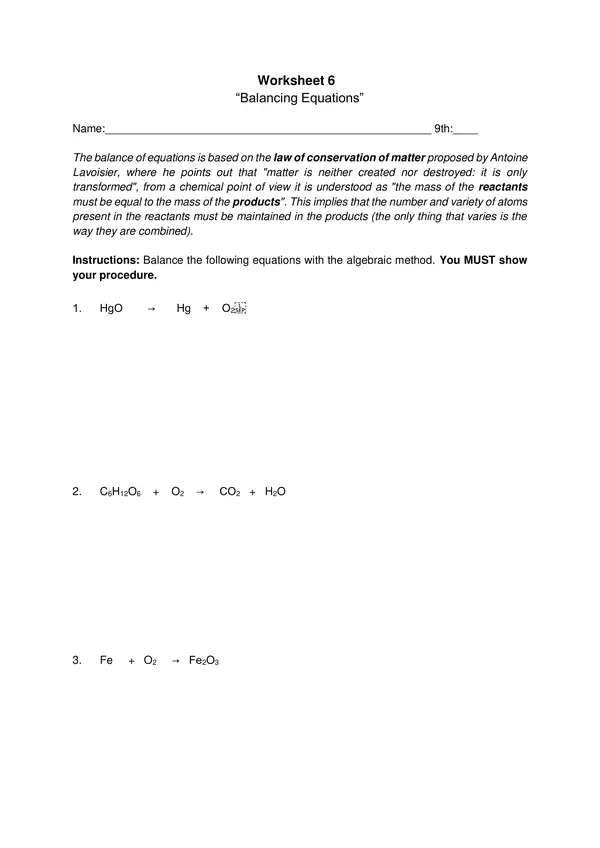

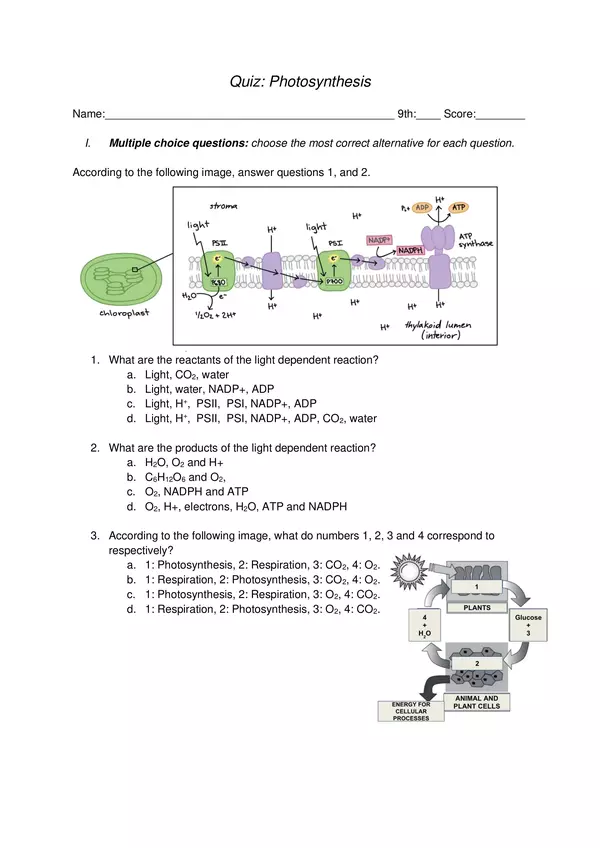
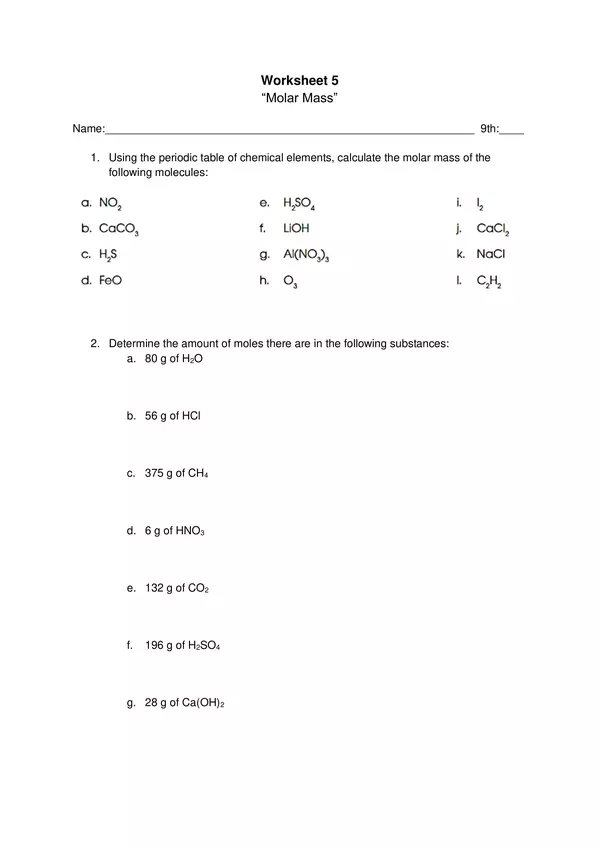
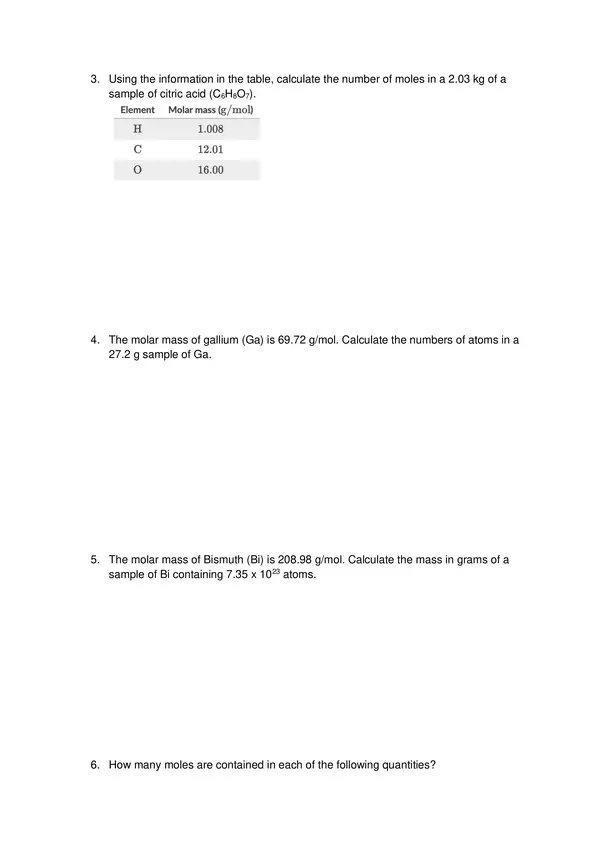
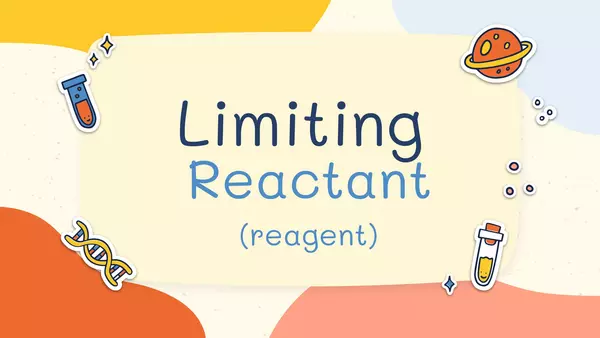
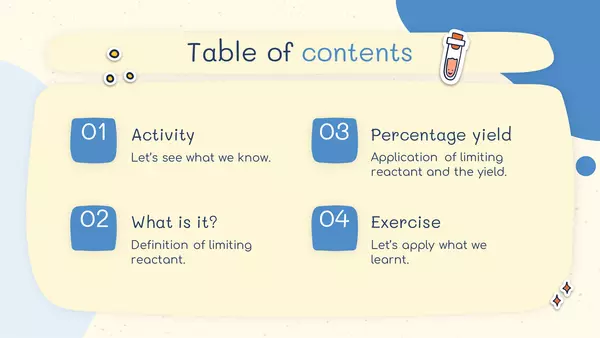
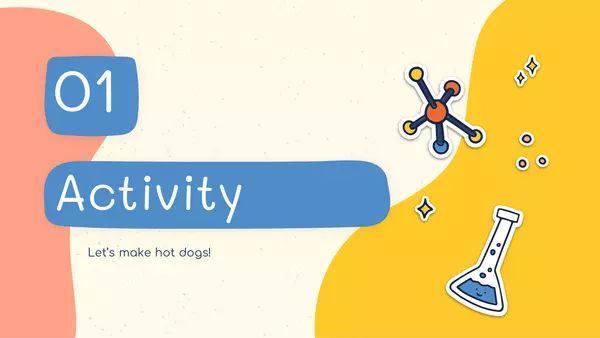
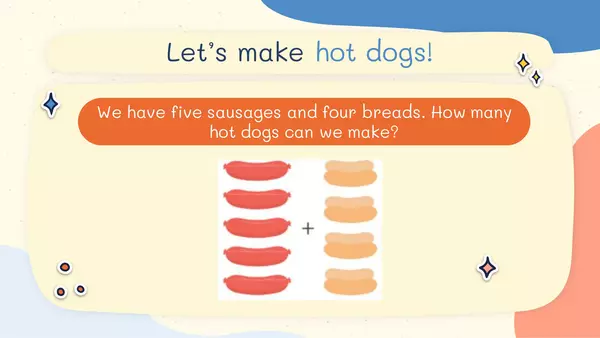
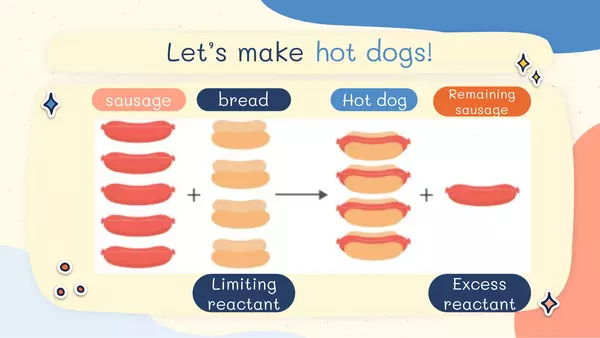
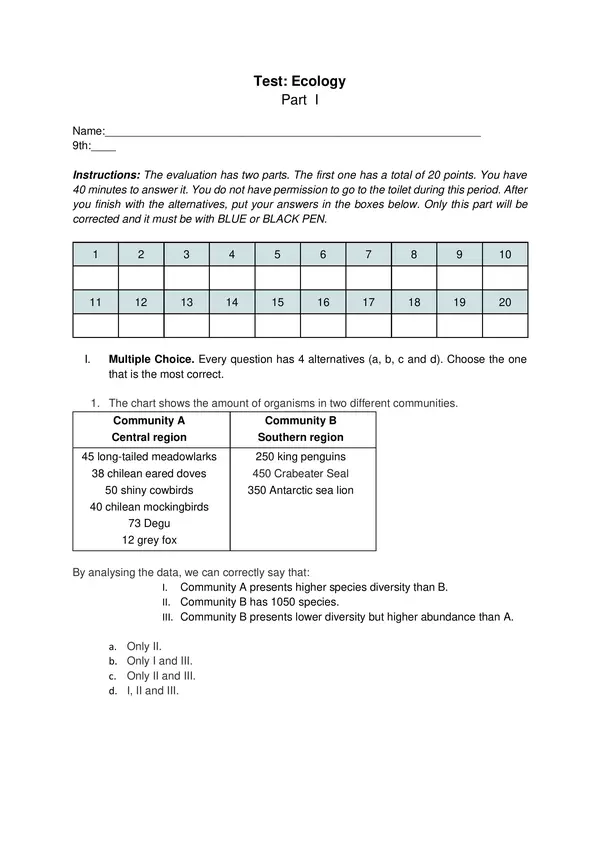
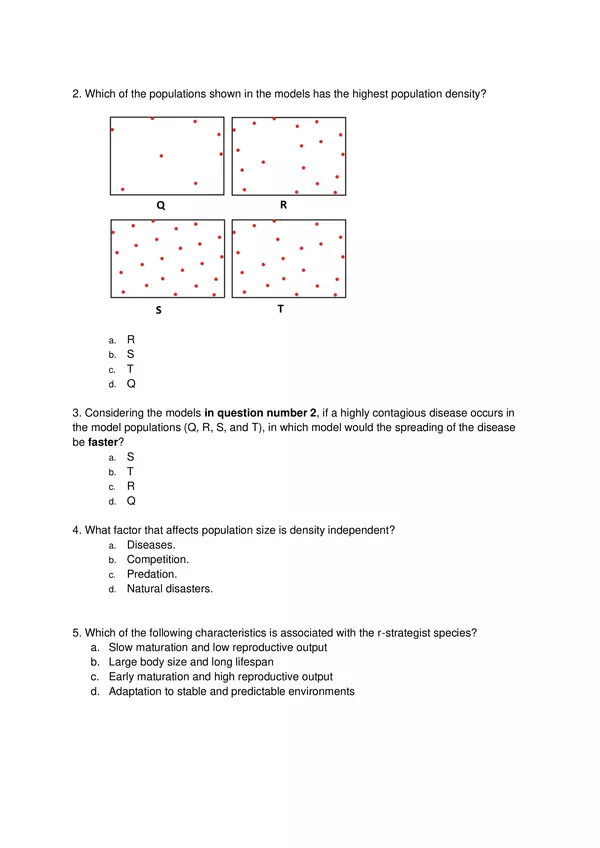
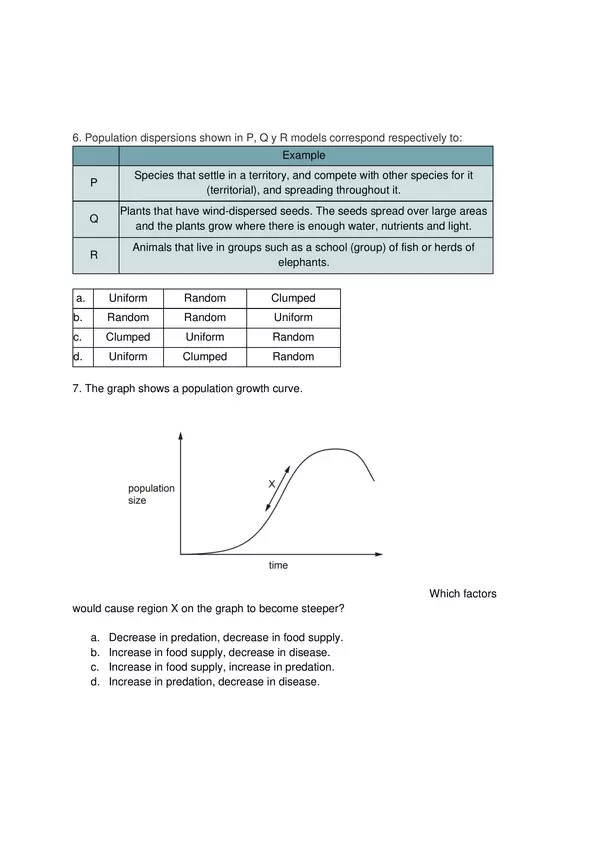
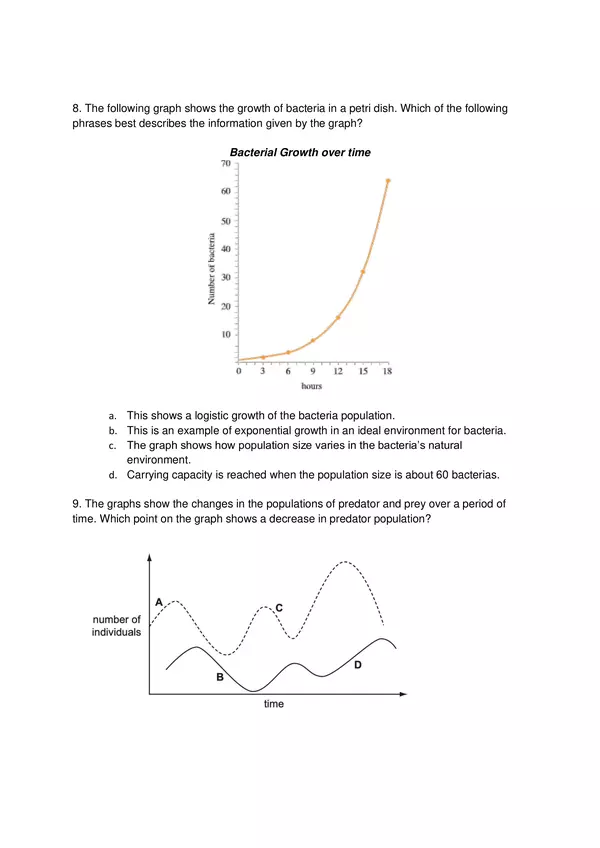
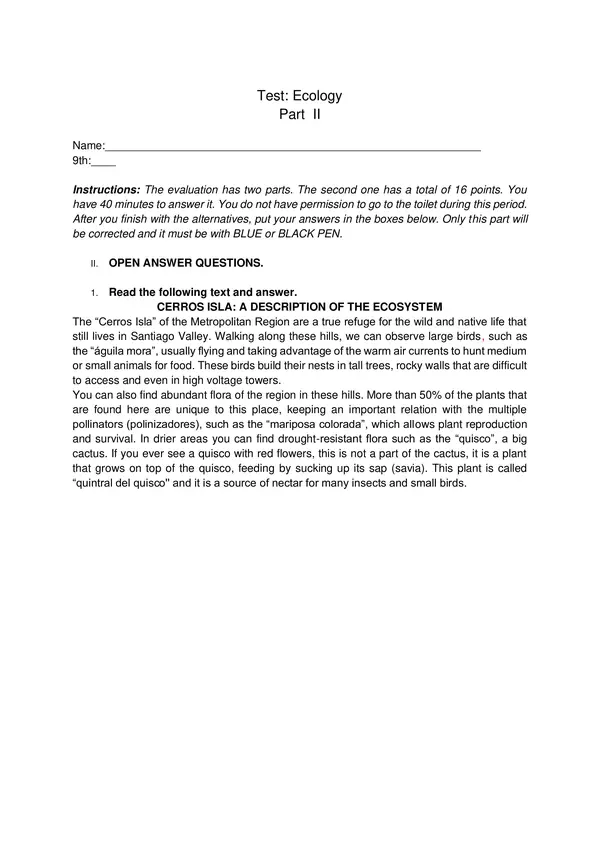

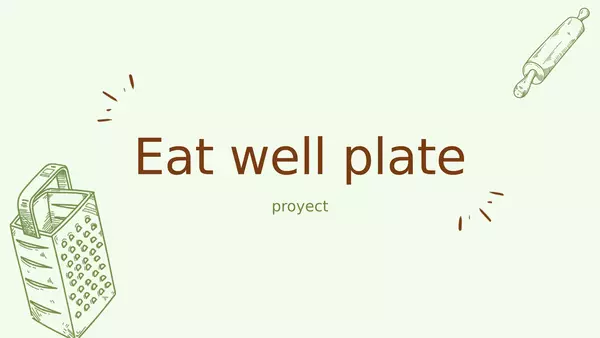
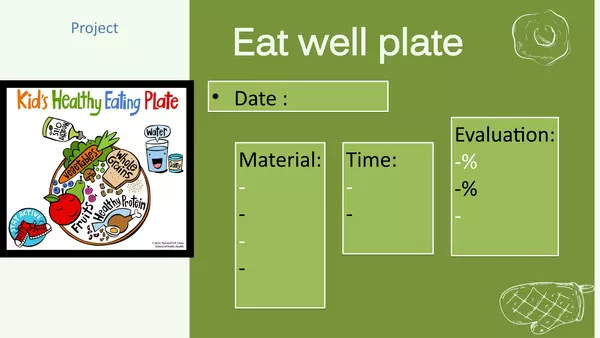
.jpeg)
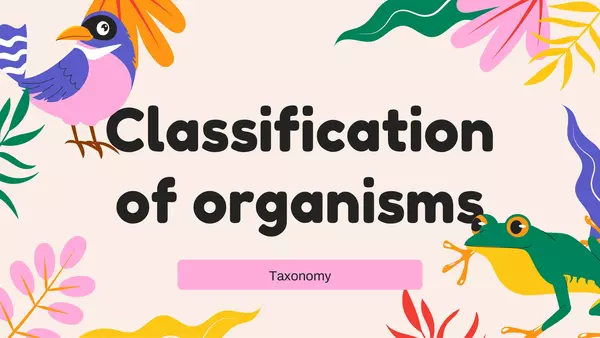
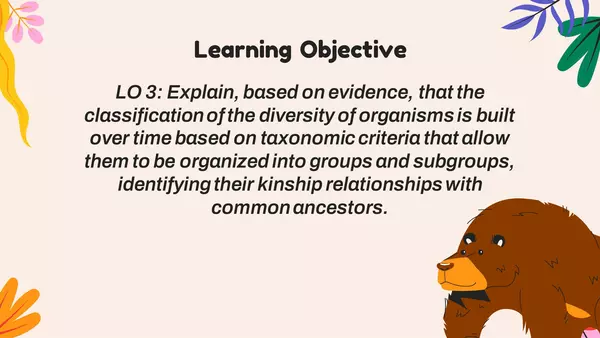
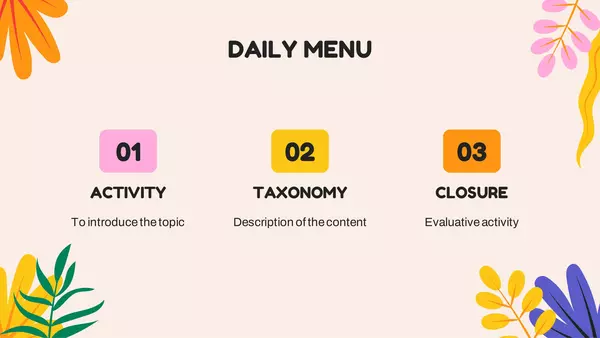
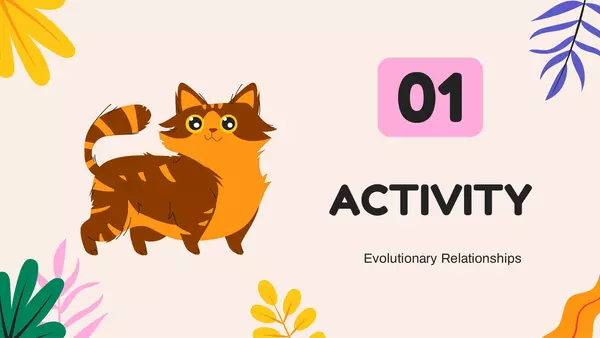
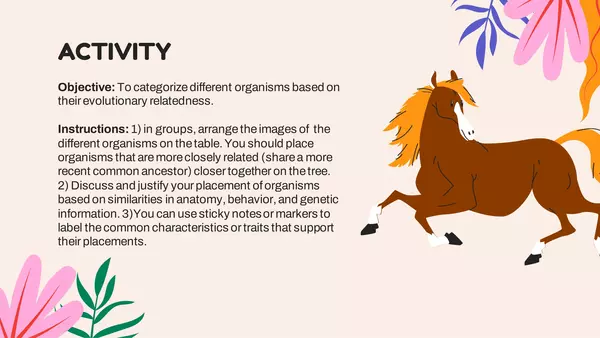
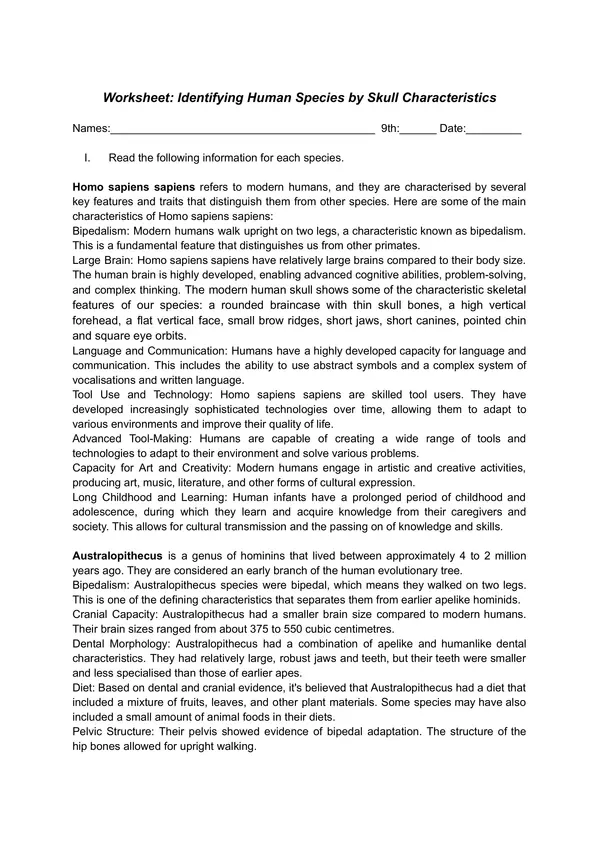
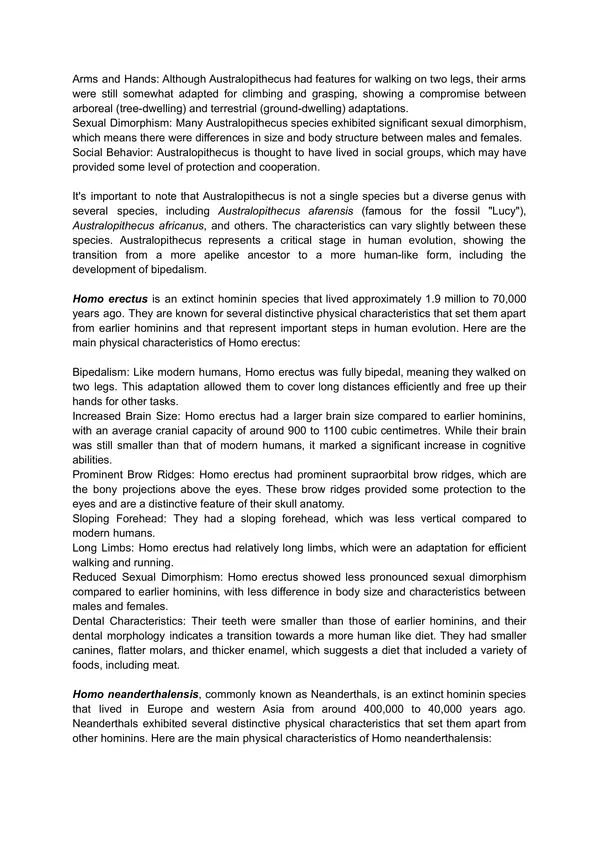
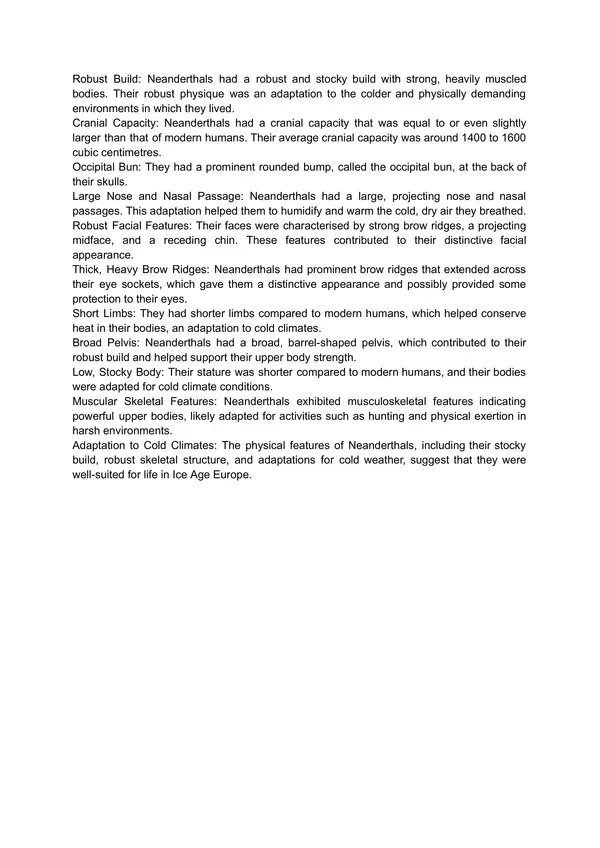
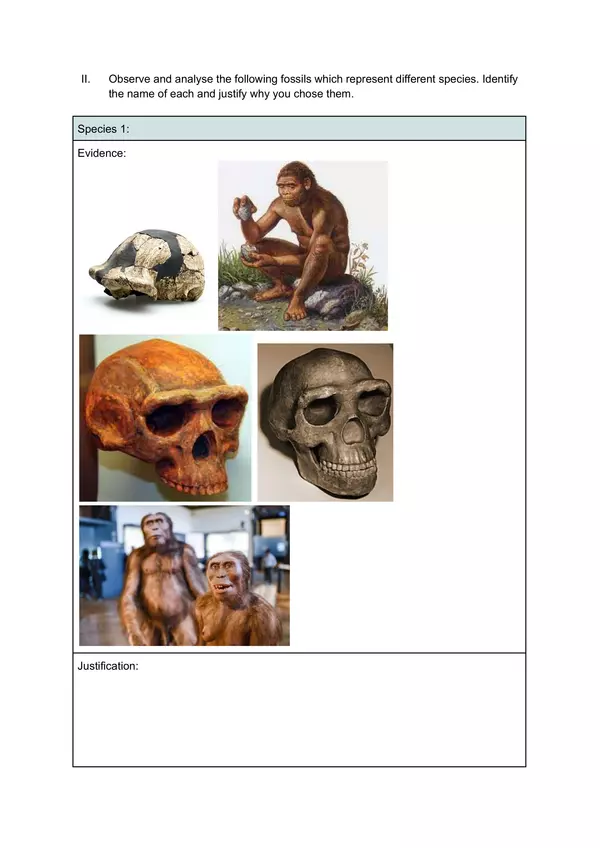
Muchas gracias